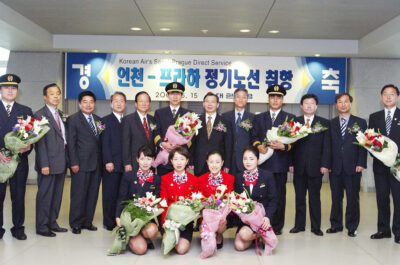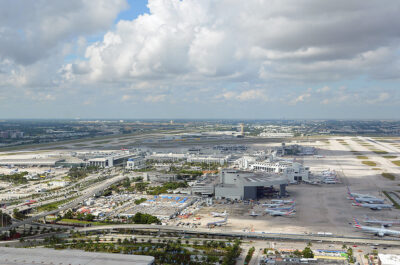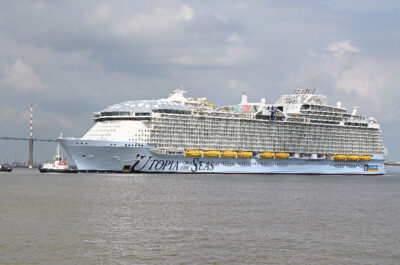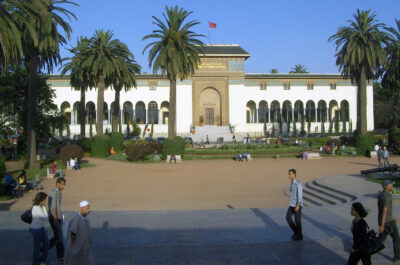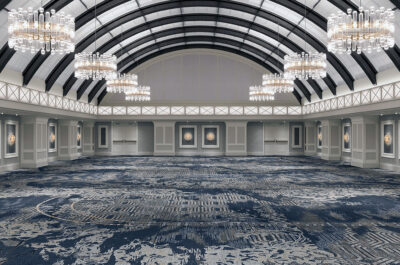…
 Image by Anna J. Kutor
Image by Anna J. Kutor
Reporting from Astana for ontheglobe.com
A slow buzz escalated to a sharp wail as the mammoth Russian-made helicopter prepared for liftoff from the edge of a dusty two-lane highway outside of leafy Almaty. A very gentle uplifting thud signalled the start of our journey over the vast landscape of the Central Asian country of Kazakhstan.
This country, made famous by the quirky film Borat, which ostensibly mocked its supposed backwardness, has a surprising number of powerful suitors and is open only now for discovery by Western tourists.
Kazakhstan is sandwiched between Russia and China with U.S. interests poised over its significant reserves of oil and gas.
The country also a natural beauty and noteworthy cultural and historical relics, not to mention Lance Armstrong’s Kazakh-funded Astana team in the Tour de France bicycle race.
Our helicopter flew high above the majestic snow-capped Tien Shan Mountains, remote peaks that form part of the border with neighbouring China and Kyrgyzstan. A small round window quickly became a prized lookout as almost 20 travellers played musical chairs.
The land below was diverse, sometimes rugged, sometimes lush. We saw glaciers and vast arid fields, the pristine azure-blue Kolsay Lake and dense green forests. Here and there, we see yurts – the traditional tents of nomads – grazing horses or farming settlements. These are reminders of a country that only recently was propelled into the 21st century.
We flew on to Charyn Canyon – a stunning deep valley with dramatic red sandstone cliffs. After our helicopter landed on a central precipice of the gorge, we disembarked for a picnic lunch with a breathtaking vista to contemplate.
This welcome to Kazakhstan seemed somehow appropriate. Just over a century ago, many of the inhabitants of this land were members of nomadic tribes. Since then, Kazakhs have faced a series of changes.
The Soviet Union forced the nomads into a sedentary life and sealed off the country from the Western world. Soviet rulers used the territory as a military testing ground and changed the landscape. Water drained from a shrinking Aral Sea fed expanding cotton fields, while nuclear weapons were tested on the steppe in northeast Kazakhstan near the town of Semipalatinsk.
The contrast of the old and traditional vs. new and modern is striking in a country where it is still common to research seven generations of clan relationships before you get married – just in case you get in with the “wrong” clan.
Almaty, in the country’s southeast, is surrounded by natural beauty, from the dramatic views of the Tien Shan in the distance to the pristine Ili-Alatau National Park, founded in 1996, which draws hiking enthusiasts and outdoor adventurers.
The nearby ski resort at Shymbulak is being modernized for the 2011 Asian Winter Games. “In Kazakhstan, we have a strange combination of our 19th-century past, and our 21st-century reality – which somehow both coexist,” says Kazakh filmmaker Ardak Amirkulov. “In everyday life and in relations between people, a lot remains from our old traditions.”
Amirkulov’s latest production, Farewell Gulsary, premiered at the first major international film festival in Astana, Kazakhstan’s glittering capital, and harks back to a period in the country’s history when Josef Stalin’s collectivization policies destroyed the lives and customs of the country’s traditional farmers.
But Amirkulov acknowledges that the country has moved on. “At the same time, our people know about MTV, go to clubs, they are studying literature, philosophy,” he concludes.
Parts of Almaty, considered the country’s “cultural capital,” have scenes that are found in typical 19th-century impressionist paintings. The toy-like multicoloured wooden Holy Ascension Cathedral in Panfilov Park is a centre of activity with worshippers arriving to pray.
On a Sunday afternoon, this park is the place to be seen. The warm sun and verdant setting draw crowds of children, who ride in wooden horse-drawn carriages, while newly married brides trail processions of relatives.
Kazakhstan’s fame, however, stems from the ancient Silk Road. An early morning flight to Shymkent in the southern part of the country takes you to the ancient network of trade routes that for almost a thousand years brought goods from China to Europe.
The once prosperous cities of this trading route still have rich cultural mixes of ethnicities, bustling markets and mystic monuments. We travelled through the cities of Shymkent, Turkestan, Otrar and finally Taraz, whose nondescript Soviet-designed spaces have razed much of the past.
The cathartic moment on this journey was a sunrise stroll to the 14th-century mausoleum of Khoja Ahmed Yasawi in the small city of Turkestan. The 12th-century Sufi poet and teacher is credited with converting the Turkish speaking people of Kazakhstan to Islam. In 2003, it was the first site in Kazakhstan to be recognized by UNESCO as a World Heritage Site.
As the morning sun reflected off the mausoleum, hundreds of birds flocked and called out as they swirled around the massive monument.
The last stop on this Kazakh adventure was Astana, the brainchild of the country’s president, Nursultan Nazarbayev. From the site of the ancient Silk Road, we boarded a small 1970s era commercial airliner with rounded windows for a flight that would take us far to the north.
Nothing could have prepared us for the culture-shock of the multi-billion dollar showcase of Astana. This is a dream world that looks like a wild futuristic metropolis. Here, all you can see is a pristine ultra-modern city of flashing lights and construction sites. This is the other Kazakhstan.
The highways are lined with neon lights that change colours from purple to blue, pink to green, yellow to red. And these colours are reflected on the strange buildings that dot the landscape. Construction cranes are everywhere.
In the centre of it all is the Baiterek Tower, conceived by the country’s president. Visible from everywhere in the evening skyline, this reversed Eiffel Tower has a large golden egg propped smack in the middle. Astana is a glimpse of tomorrow’s Kazakhstan.
This article first appeared in The Montreal Gazette and the newspapers of the Canwest media conglomerate. Cultural navigator Andrew Princz is the editor of the travel portal ontheglobe.com. He is involved in journalism, country awareness, tourism promotion and cultural-oriented projects globally, specializing in tourism promotion in developing and post-conflict countries.




















